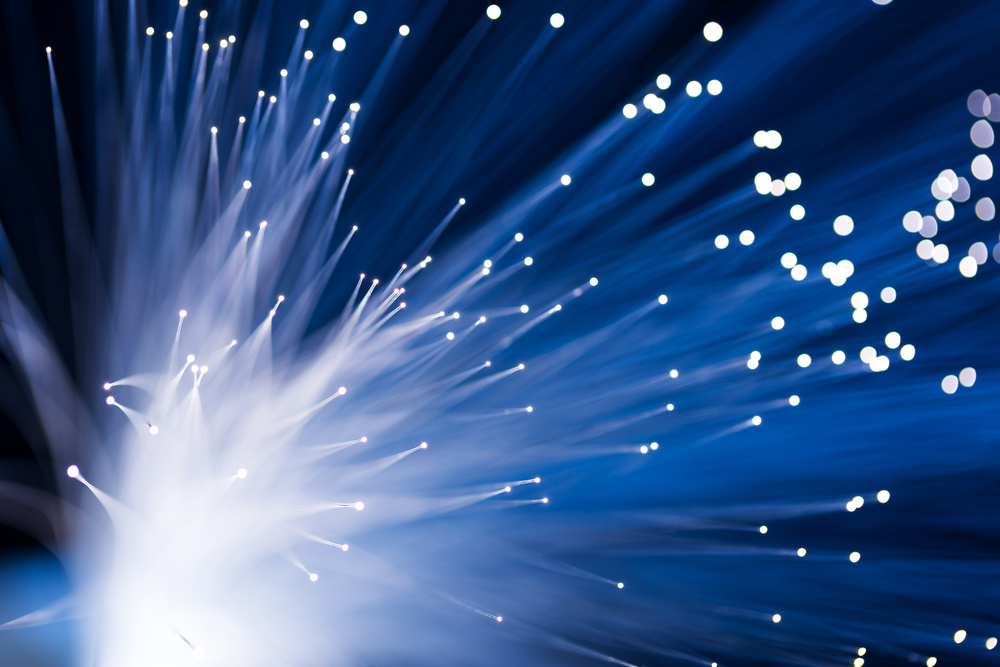The Impact of 5G on Data Center Connectivity and Edge Computing

The 5G rollout continues to have a domino effect on data center connectivity and edge computing as a second wave of this emerging technology sweeps across the globe.
“New 5G networks increase connectivity among IoT devices, people, and services. Data Center operators must pivot quickly – transforming containers and virtual services to cloud services and edge computing – or risk being left behind,” advises TechTarget.
Increased bandwidth and lower latency requirements inherent with 5G are placing demands on data center connectivity and edge computing.
“With claimed speeds of 20 times faster than 4G – giving users quicker downloads and network operators greater efficiencies – the technologies involved will open doors for industries, changing how they think and what they do with mobile connectivity,” says JLL Trends & Insights.
As data centers are increasingly tasked with handling more devices and connections, new construction and infrastructure upgrades are moving from 40G to 100G and 400G Ethernet technologies.
“Newer technologies such as autonomous vehicles, industrial robotics, and crowd analytics not only require more processing power but also need near-instantaneous communication between sensors and computers. This poses a challenge to traditional data centers, which may be located thousands of miles away from the source of the data,” says Verizon. “By moving many processes to the edge, a company's traditional data center can then be freed up to process and compute non-latency required tasks, including bulk or batch processes, or business intelligence analysis that requires large amounts of processing power and data storage.”
5G Second Waves Washes Across the World in 2023
Computing capacity demand and the need for more connectivity, storage, and edge computing are increasing as a second wave of 5G technology washes across the world.
New figures from GSMA Intelligence show 5G connections are expected to double over the next two years, expedited by technological innovations and new 5G network deployments in more than 30 countries in 2023 alone, including 15 that will be 5G standalone networks.
“Consumer connections surpassed one billion at the end of 2022 and will increase to around 1.5 billion this year – before reaching two billion by the end of 2025. This momentum confirms 5G as the fastest generational roll-out when compared to 3G and 4G,” reported GSMA Intelligence.
Among GSMA Intelligence’s findings as of January 2023:
- There were 229 commercial 5G networks globally and over 700 5G smartphone models available to users.
- 90 fixed broadband service providers had launched commercial 5G-based fixed wireless services across 48 countries.
- In the U.S., T-Mobile added over half a million 5G FWA customers in Q4 2021 and Q1 2022 combined.
- By 2025, T-Mobile expects to have eight million FWA subscribers, while Verizon is targeting five million FWA subscribers for the same period.
- While the majority of current 5G FWA deployments focus on the 3.5–3.8 GHz bands, several operators around the world are already using 5G mmWave spectrum as a capacity and performance booster to complement coverage provided by lower bands.
“Until now, 5G adoption has been driven by relatively mature markets and consumer use cases like enhanced mobile broadband, but that’s changing. We’re now entering a second wave for 5G that will see the technology engage a diverse set of new markets and audiences,” said Peter Jarich, Head of GSMA Intelligence.
5G Accelerates Move towards Edge Computing
GSMA Intelligence says that edge computing and IoT technologies are due to ramp up as a wide range of device deployments are expected in 2023 with 12 percent of operators already launching private wireless solutions.
“Combining 5G and data centers at the edge can enable industries to tap into low latency, high speeds, and massive bandwidth that 5G can offer so that they can leverage multi-access computing (MEXC) and Internet of Things (IoT) technology to make their operations more efficient,” says Verizon.
Verizon cites the following benefits of 5G and data centers at the edge:
-
Reduced latency enables the delivery of mission-critical services that require ultra-reliable, low-latency communication (URLLC), according to 5G Americas.
-
Massive bandwidth could support the deployment of massive IoT initiatives to further drive advanced analytics and AI programs.
-
Better compute availability and security for remote locations can provide local processing and storage functions to secure data or keep it within regulatory guidelines.
-
Instead of massive amounts of data traversing a network, network traffic can be minimized so a 5G data center at the edge can process most of the data, reducing the amount of data (and costs) that moves across a wide-area network.
-
Energy consumption for endpoint devices could be lowered by removing compute power requirements. This could enable new devices, such as lightweight augmented reality or virtual reality headsets, to be developed at a lower cost since the computing power would be handled through an edge data center environment.
Rethinking Data Center Location in the Age of 5G
JLL says this new demand for high-speed connections and storage will spur the development of data centers, but they won’t be built anywhere.
“In the past, data centers were often large buildings on the outskirts of major cities. But the arrival of 5G requires them to be constructed in dense urban areas in order to improve latency, the delay before the data transfer,” said JLL.
There are currently 63.4 million square feet of data-center space globally, and another 4.3 million square feet under construction, according to JLL, and that pipeline is primed to explode with growth.
“It’s much like how the demands of e-commerce and same-day delivery have resulted in the development of smaller warehouses in major cities that enable a product’s final push to the consumer,” says David Barnett, manager of Americas Research at JLL. “The industry is expecting to see an increase in the number of data center locations, but smaller footprints. This is because infrastructure, such as cooling systems, becomes more efficient and much more powerful each year, requiring less physical space.”
The current second 5G wave is not the high-water mark for 5G technology as GSMA expects 5G Advanced to be commercially available by 2025.
“Focusing on uplink technology, 5G Advanced will improve speed, coverage, mobility, and power efficiency – and support a new wave of business opportunities. GSMA’s Network Transformation survey showed half of operators expect to support 5G Advanced commercial networks within two years of its launch,” concluded GSMA.
5G Challenges for the Data Center Industry
While 5G presents exciting new opportunities across the world, they also bring a host of challenges to the data center industry.
In addition to the increased demand for fast processing and low latency, 5G will also have an effect on the rising costs of operating data centers, especially affected by the increase in global energy prices.
Techerati also says 5G challenges for data centers include:
- Computer Resources: Data centers must increase compute resources to handle a major increase in processes and information running through the data center.
- Power and Cooling: Increasing compute resources will require data centers to operate or run at higher temperatures. This will strain the power and cooling systems.
- Flexible Workflows: Responsive workflow systems can help manage processes in an efficient and productive manner which will be required as processes and information increases with 5G networks connected.
- Security: This may be the biggest challenge as security measures tend to slow down or minimize bandwidth, latency, and connection density. The key will be to find a balance between optimizing resources for the new 5G technology and managing security risks.
For data centers, the time to act is now as McKinsey estimates that 5G is expected to cover about 60 percent of the global population by 2026 and up to 90 percent by 2030.
Subscribe to News
Recent posts
LATEST NEWS
Thursday June 9, 2022







